Research Shows Schools Start Too Early; Some South Windsor Students Begin at 6:30 AM
/A national publication, highlighting policies that school districts around the country are experimenting with to “make schools better for kids,” suggests starting classes after 8:30 a.m. Some schools in Connecticut and across the nation are doing so, moving high school start times from earlier hours. In South Windsor, however, the experiment is in the opposite direction, with a select group of high school students beginning weekday classes at 6:30 a.m.
It's part of a new pilot plan called "zero period," created as a temporary relief for some students until the school can transition from a seven-period to an eight-period school day, Principal Daniel Sullivan recently told The Hartford Courant.
"It's not for everybody and it's not a requirement for the kids that are doing it," Sullivan said. "It's going to be tough … but they chose it because it's what they want. They're doing what they want to do and we're glad to give them that opportunity."
In other schools, the pendulum is moving the opposite way. “In order to stay healthy, adolescents need at least eight hours of sleep each night; deprivation can lad to weight gain, focus issues, lower academic performance and other problems, the article in TIME magazine points out.
“Biologically, adolescents are hardwired to stay up late, often until 11 p.m. or midnight. That’s why federal official and medical experts are calling for middle and high schools to start after – at or after 8:30 a.m.,” the magazine indicates. The Portland Press Herald recently reported that the Centers for Disease Control (CDC), the American Academy of Pediatrics and numerous studies recommend later start times for secondary education – preferably 8:30 or later. 
In more than 40 states, at least 75 percent of public schools start earlier than 8:30 a.m., according to the CDC’s report. But those numbers are changing. The idea is to improve the odds of adolescents getting sufficient sleep so they can thrive both physically and academically. Among an estimated 39,700 public middle, high, and combined schools in the United States, the average start time was 8:03 a.m., the CDC reported. In Connecticut, fewer than 5 percent of middle and high schools started at 8:30 or later, one of the lowest rates in the country.
 The CDC’s recommendations in August came a year after the American Academy of Pediatrics urged schools to adjust start times so more kids would get the recommended 8.5 to 9.5 hours of nightly rest. Both the CDC and the pediatricians’ group cited significant risks that come with lack of sleep, including higher rates of obesity and depression and motor-vehicle accidents among teens as well as an overall lower quality of life, The Atlantic recently reported.
The CDC’s recommendations in August came a year after the American Academy of Pediatrics urged schools to adjust start times so more kids would get the recommended 8.5 to 9.5 hours of nightly rest. Both the CDC and the pediatricians’ group cited significant risks that come with lack of sleep, including higher rates of obesity and depression and motor-vehicle accidents among teens as well as an overall lower quality of life, The Atlantic recently reported.
At South Windsor High School, two "zero period" courses begin at 6:30 a.m. and end at 7:15 a.m., allowing students about 10 minutes for breakfast before the start of first period at 7:25 a.m. The school day concludes at 2 p.m.
In South Windsor, the early classes are aimed primarily at sophomore intervention, special education, AP science and music and art students, according to school officials. About 25 students are participating in the pilot program as the school year gets underway. The Courant reports that similar programs have been implemented in schools on the West Coast, with mixed reactions.
In Guilford, school officials were considering revised start times in discussions late last year. But the schedule for the new school year shows the high school start time as 7:25, with middle schools beginning at 7:50 and 8:00 a.m.
This fall, students can choose from a photography and a health class. In the spring, students will have the option of business communications and physical education. Bus transportation is being provided for the students, the Courant reported. "These kids are committing to getting up early, getting here early and taking care of business,” Sullivan said, indicating that the experimental zero period is not a substitute for an eight-period school day.


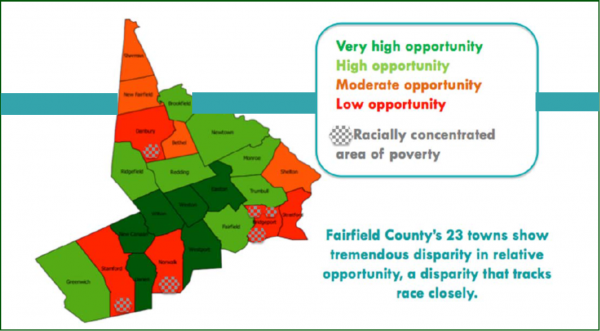
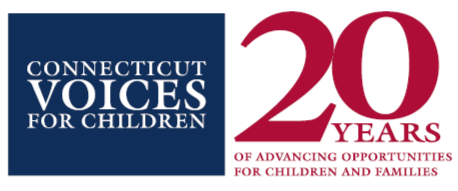
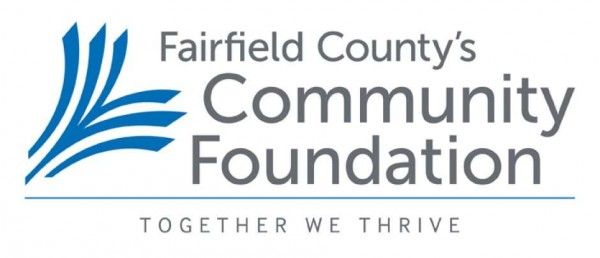
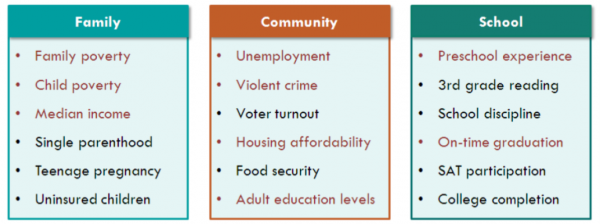 Connecticut Voices for Children is a research-based think tank that focuses on issues that affect child well-being, from educational opportunity to healthy child development to family economic security. Its mission is to ensure that all of Connecticut’s children have the opportunity to achieve their full potential.
Connecticut Voices for Children is a research-based think tank that focuses on issues that affect child well-being, from educational opportunity to healthy child development to family economic security. Its mission is to ensure that all of Connecticut’s children have the opportunity to achieve their full potential.






 In 2015, just over a dozen participating schools in Connecticut included North St School (Windsor Locks), Broadview Middle School (Danbury), Eastern Middle School (Greenwich), O.H. Platt High School (Meriden), Fairfield Woods Middle School (Fairfield), Washington Middle (Meriden), Northeast (Stamford), Schaghticoke Middle School (Warren), King Street Intermediate School (Danbury), Dag Hammarskjold Middle School (Wallingford), Orville H. Platt High School (Meriden ), Avon Middle (Avon), and Moran Middle School (Wallingford).
In 2015, just over a dozen participating schools in Connecticut included North St School (Windsor Locks), Broadview Middle School (Danbury), Eastern Middle School (Greenwich), O.H. Platt High School (Meriden), Fairfield Woods Middle School (Fairfield), Washington Middle (Meriden), Northeast (Stamford), Schaghticoke Middle School (Warren), King Street Intermediate School (Danbury), Dag Hammarskjold Middle School (Wallingford), Orville H. Platt High School (Meriden ), Avon Middle (Avon), and Moran Middle School (Wallingford).

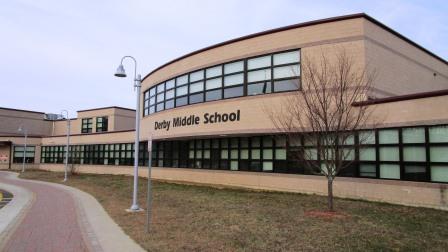 h a cranial facial syndrome and was socially isolated during her middle school years, the organization’s website explains. After Lili died at the age of 15 due to medical complications from her syndrome, a group of teens from the local community banded together to bring change to their local schools. They had not realized that they had been leaving Lili out from all the fun social get-togethers. Upon hearing about Lili's feelings of being left out, they were determined to never let anyone feel that way again. The initiative was born.
h a cranial facial syndrome and was socially isolated during her middle school years, the organization’s website explains. After Lili died at the age of 15 due to medical complications from her syndrome, a group of teens from the local community banded together to bring change to their local schools. They had not realized that they had been leaving Lili out from all the fun social get-togethers. Upon hearing about Lili's feelings of being left out, they were determined to never let anyone feel that way again. The initiative was born.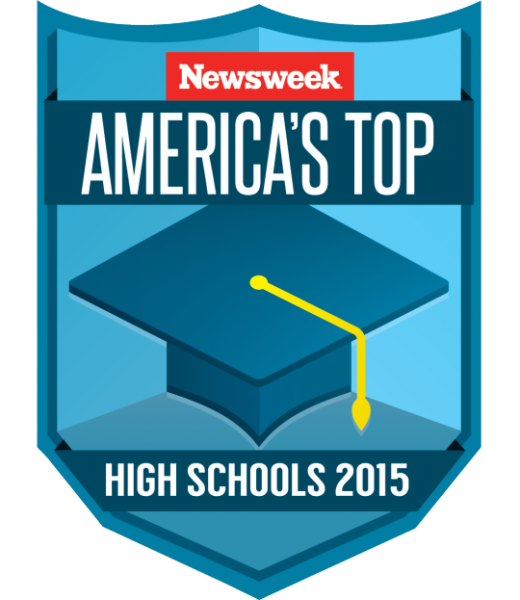
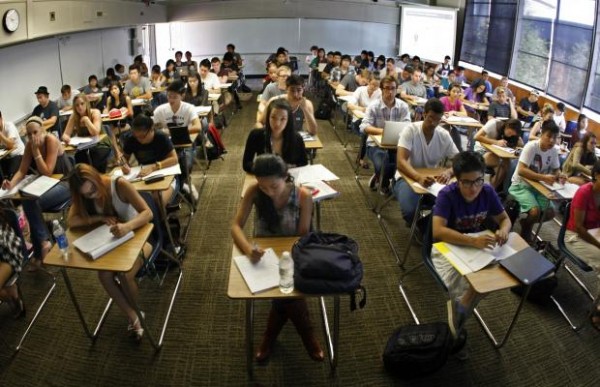
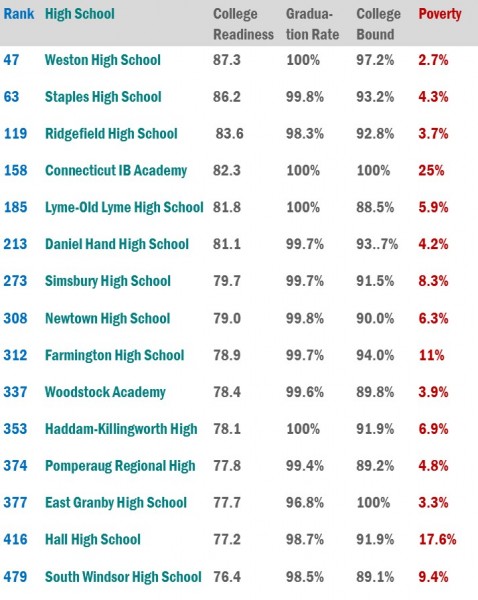



 The most recent fee data available from 2-1-1 Child Care estimates the statewide average cost of full-time child care in a licensed center-based day care setting is $211/week for 1 preschooler and $253/week for an infant, which adds up to $2,011 per month. This may be less than what many Connecticut families pay for child care each month, due to variations in cost and availability throughout the state, differences in family size, and other costs associated with child care that are not included—such as the cost of alternate care arrangements when the child care setting is closed
The most recent fee data available from 2-1-1 Child Care estimates the statewide average cost of full-time child care in a licensed center-based day care setting is $211/week for 1 preschooler and $253/week for an infant, which adds up to $2,011 per month. This may be less than what many Connecticut families pay for child care each month, due to variations in cost and availability throughout the state, differences in family size, and other costs associated with child care that are not included—such as the cost of alternate care arrangements when the child care setting is closed


 The Center’s study found that over the past year, as states have started to restore funding for public higher education, tuition hikes have been much smaller than in recent years. Just seven states -- Louisiana, Colorado, Connecticut, Hawaii, Kansas, Virginia, and Mississippi -- raised tuition by more than $300, after inflation.
The Center’s study found that over the past year, as states have started to restore funding for public higher education, tuition hikes have been much smaller than in recent years. Just seven states -- Louisiana, Colorado, Connecticut, Hawaii, Kansas, Virginia, and Mississippi -- raised tuition by more than $300, after inflation.


























